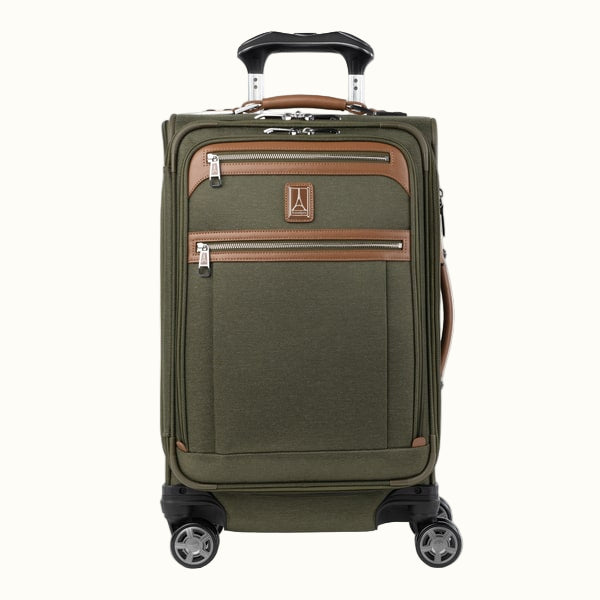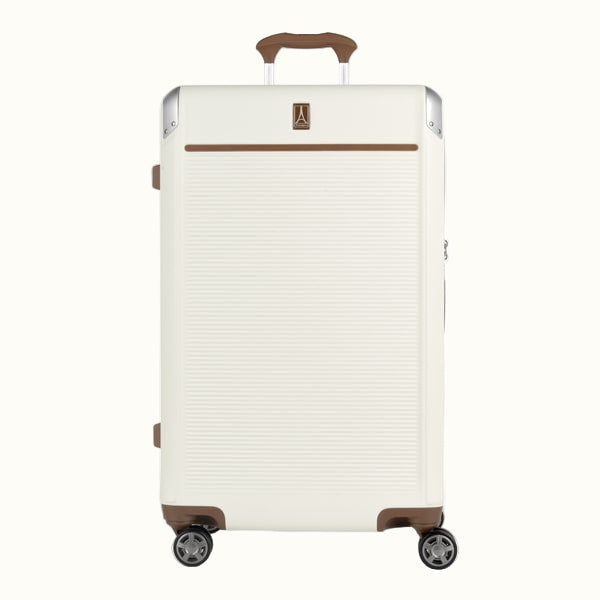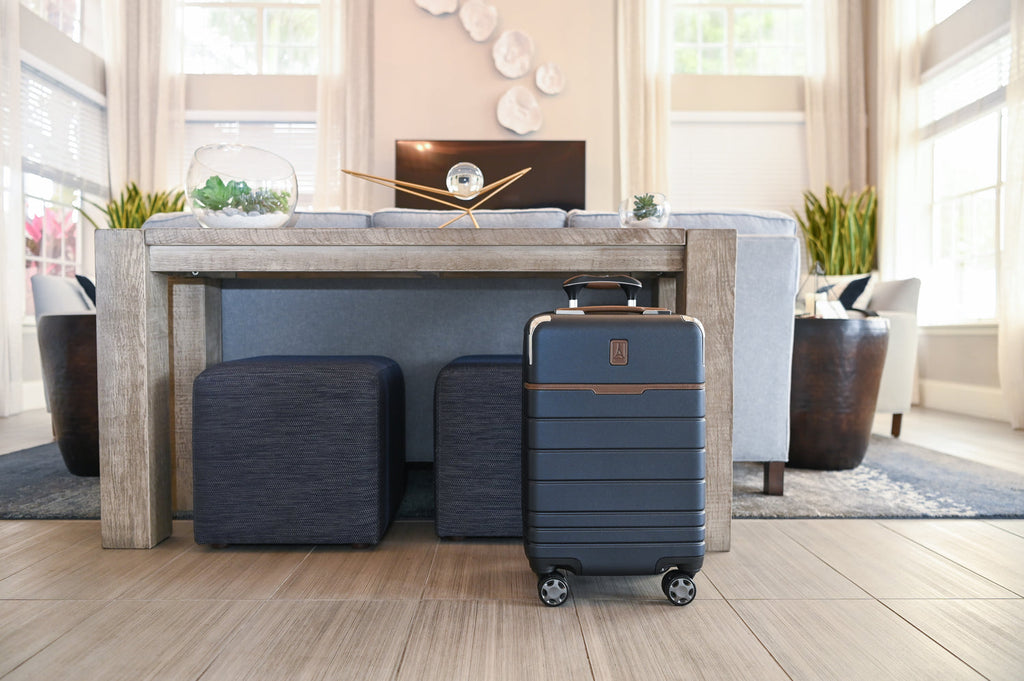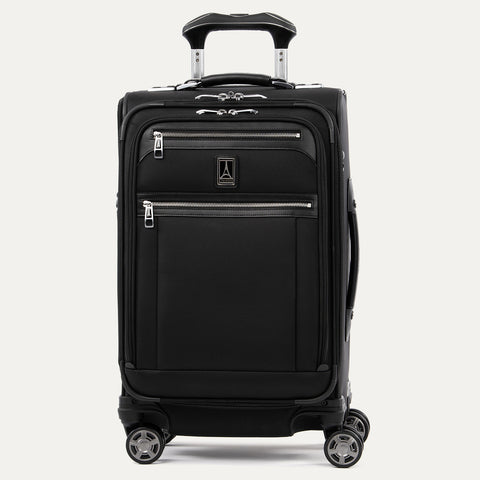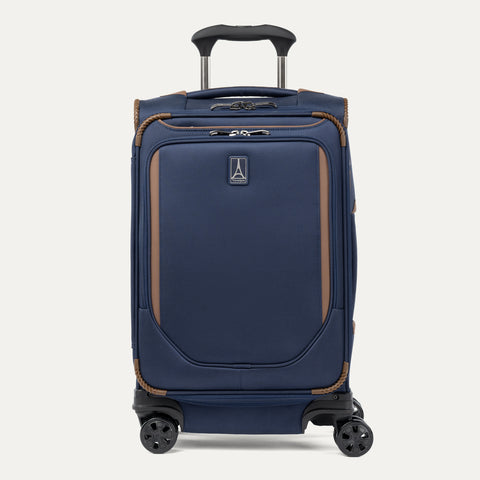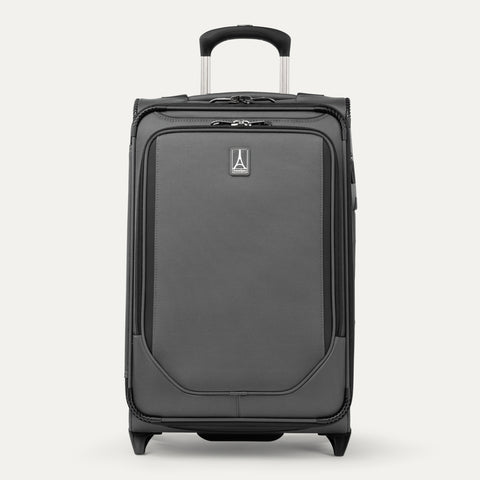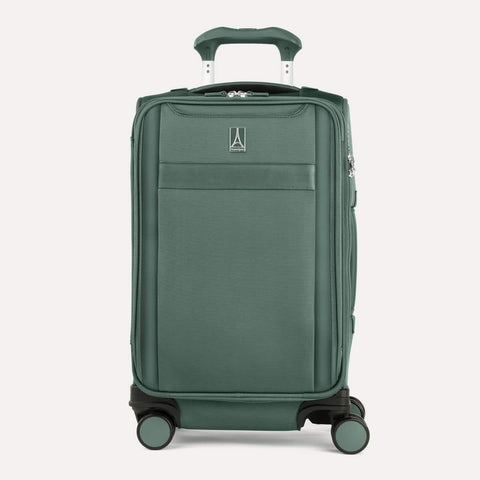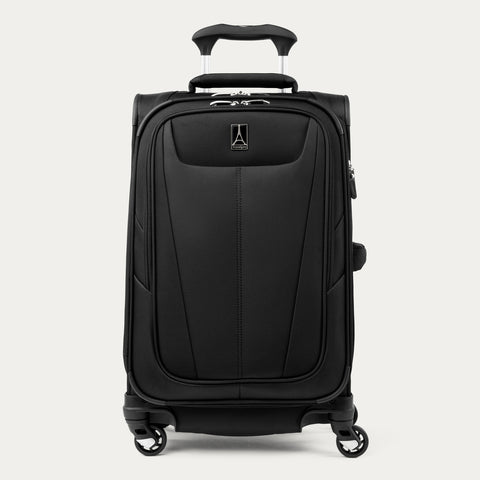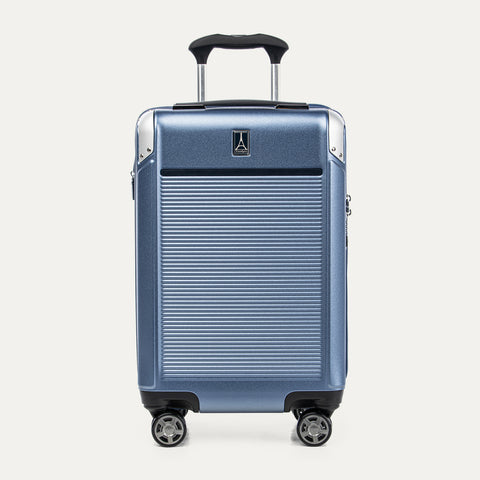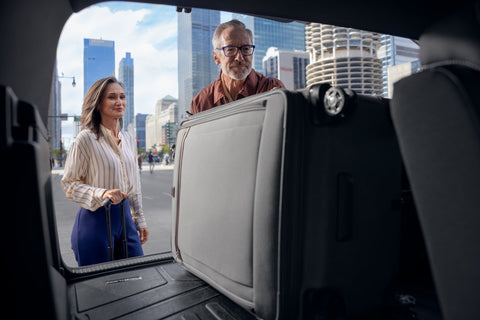Trying to stow your luggage in an overhead bin is one of the great challenges of air travel. It’s just you and a plane full of strangers competing to see how quickly you can find room in the airplane’s overhead storage. It can feel like an intense competition, especially since high baggage fees have led to larger and larger carry-on bags. If you don’t secure your luggage in time, there may be no room left, and your carry-on has to be checked. Sometimes it feels like a free-for-all. Okay, sometimes it is a free-for-all.
There’s a right way and a wrong way to go about airplane luggage loading. The right way uses some basic overhead bin etiquette. The wrong way (and there’s more than one wrong way) annoys your fellow passengers and can even cause flight delays. Seriously, flights have been delayed because of luggage-related arguments, passengers who are slow to stow their bags, and general confusion surrounding airplane overhead storage. Here’s how to make putting luggage in overhead bins a little easier.
Know Your Luggage Size
You’ll find it easier to stow your carry-on (and less likely to have to check it) if you understand the relationship between luggage size and what’s allowed to be carried onboard. Different airlines may have different-sized overhead bins. Check out Travelpro’s handy guide to luggage size to help decide whether your carry-on will fit or not.
Carry-on luggage size becomes an important consideration when switching from domestic to international flights. Domestic flights typically have larger overhead bins than international flights. Ideally you want a bag that fits both types of bin, such as Travelpro’s spinner luggage models.
Proper Airplane Overhead Storage Etiquette
When stowing your carry-on luggage, check to see if the overhead compartment allows you to store luggage sideways. Some are designed for this and some are not. Placing luggage sideways in a compartment that isn’t intended for sideways storage will take up too much room and leave other passengers with less space for their carry-on. If in doubt, ask the flight attendants.
Other overhead storage etiquette rules include:
Take out what you need first
Take the snacks, electronics, books, or other items out of your carry-on before you board the plane and put them in some underseat luggage. We’ve all seen passengers get up during flights to rummage in their stowed carry-on, blocking the aisle for others and generally making life difficult. Make sure that once you stow your luggage you won’t need it during the flight.
Go to your row first
In the rush to secure an airplane luggage compartment, some people stow luggage in bins meant for passengers close to the front of the plane, then retrieve their luggage on the way out. While this seems like a good idea, an overhead compartment is intended to be used by the people seated next to it. Go to your own seat first and then stow your luggage.
Holding your coat or loose garments
A single coat doesn’t take up much room in an overhead bin, but a full complement of passengers all stowing coats quickly fills airplane overhead storage. Rather than take up storage space, hold your coat or stow it under your seat. If you get chilly, you can use it as an impromptu blanket.
Never remove someone else’s luggage
It’s hard to imagine, but there are people out there who have no problem removing other people’s luggage from overhead bins to make space for their own. There’s probably a special flight attendant code for such people, but it’s unlikely to be printable.
If overhead bins are full, ask the crew for help finding space. The worst that happens is that your luggage is checked for the trip at no charge.
Pack light
High baggage fees led to more people using carry-on luggage, which in turn led to carry-ons stuffed to capacity. Overstuffed bags reduce space for everyone, so pack as light as you can. The Travelpro 20-inch Rollaboard and spinner luggage options offers plenty of room, while meeting the airline industry’s standard carry-on size requirements.
